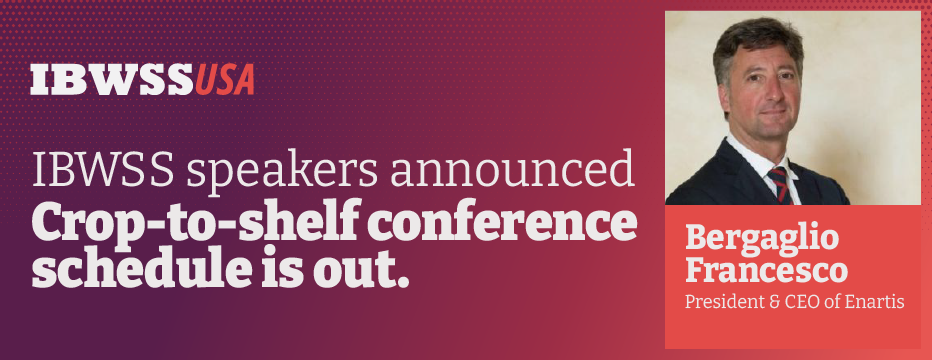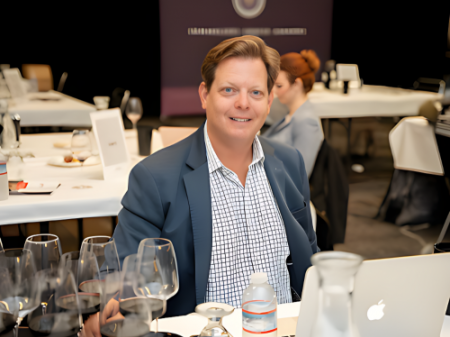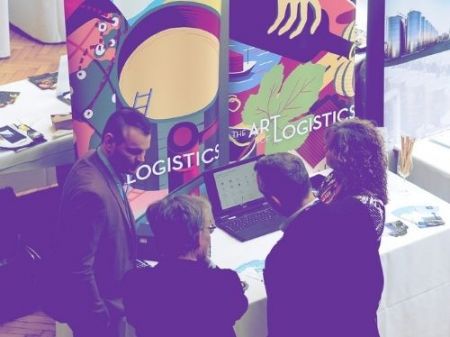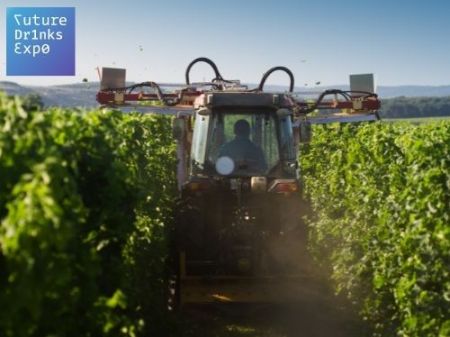Sommeliers Choice Awards 2023 Winners
The Hottest Craft Beer Trend Of 2017
This Saturday one thousand Philadelphians will merrily costume themselves in dirndls and lederhosen to hoist steins and cheer “Probst” in praise of German lager.

The German Society of Pennsylvania has been celebrating the commonwealth’s historical lager-brewing legacy by hosting a “Bierfest” since 2012 but organizer Marnie Old says this year, something’s different: Four decades after a handful of scrappy Californians created the craft brewing industry, craft beer drinkers are finally starting to take a true interest in the style.
“There’s a reason why nine out of ten beers (sold) are lagers, not ales. A lager scours the palate clean and leaves you feeling refreshed. That’s what people want,” she says. “The next wave to take place within beer will be within the German tradition.”
In January, I called 2017 “The Year of the Lager,” and will talk about it as a panelist at the festival. (Disclosure: In addition to speaking on a panel at Bierfest, the TV show I co-host has received payment to tape an episode there. I don't receive any of that money, unfortunately.) In brief, I predict lagers to be the next booming beer, as they provide a comfortable and logical landing for veteran ale drinkers looking to settle into a longer-term, everyday style, and they build a needed bridge for macro-beer drinkers to enter craft territory and keep sales from starting to sink.
But before we deeply explore the “why,” we must explain the “what.”
See, beer essentially breaks down into two categories: ale and lager, and the difference involves the yeast that produces alcohol and carbonation. Ales ferment quickly, at high temperatures, while lagers ferment slowly, at low temperatures. Many styles exist within each category, from stout and India pale ales to pilsner and doppelbock lagers. You can get away with generalizing that lagers are easy-drinking, with cleaner flavor characteristics and a relatively low body. Think of Miller Lite, Corona and Sam Adams Boston Lager. Those are lagers. Now think of a Guinness. That’s an extreme example of an ale.
Read more at source: Forbes










